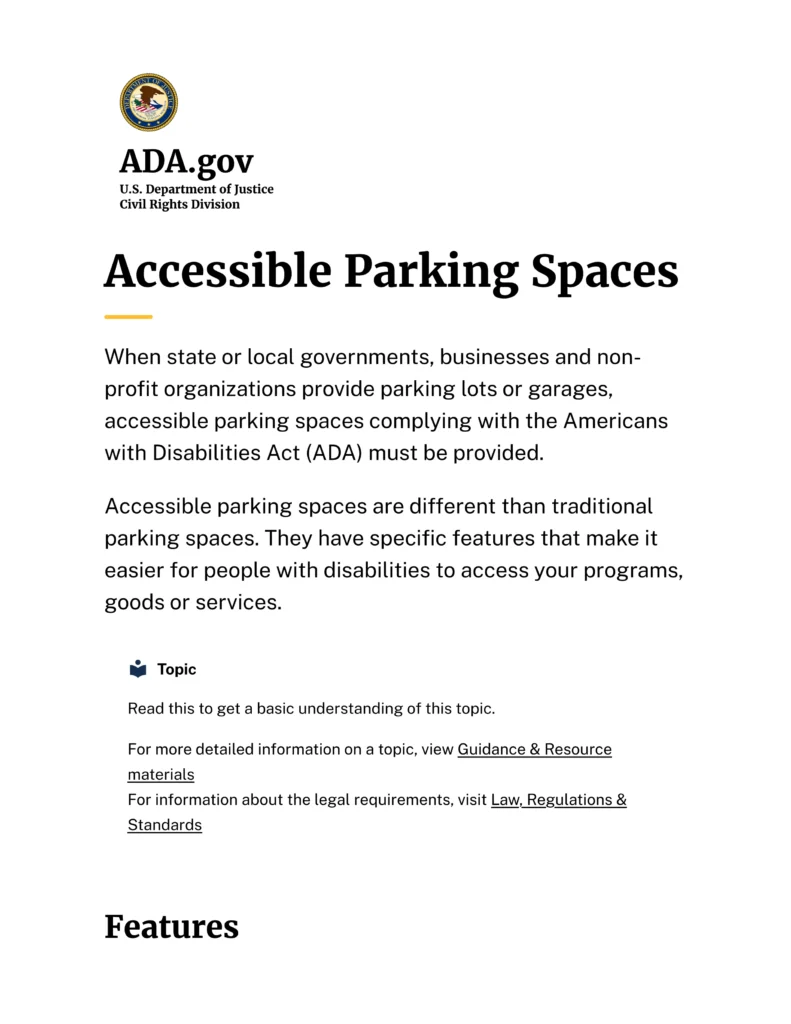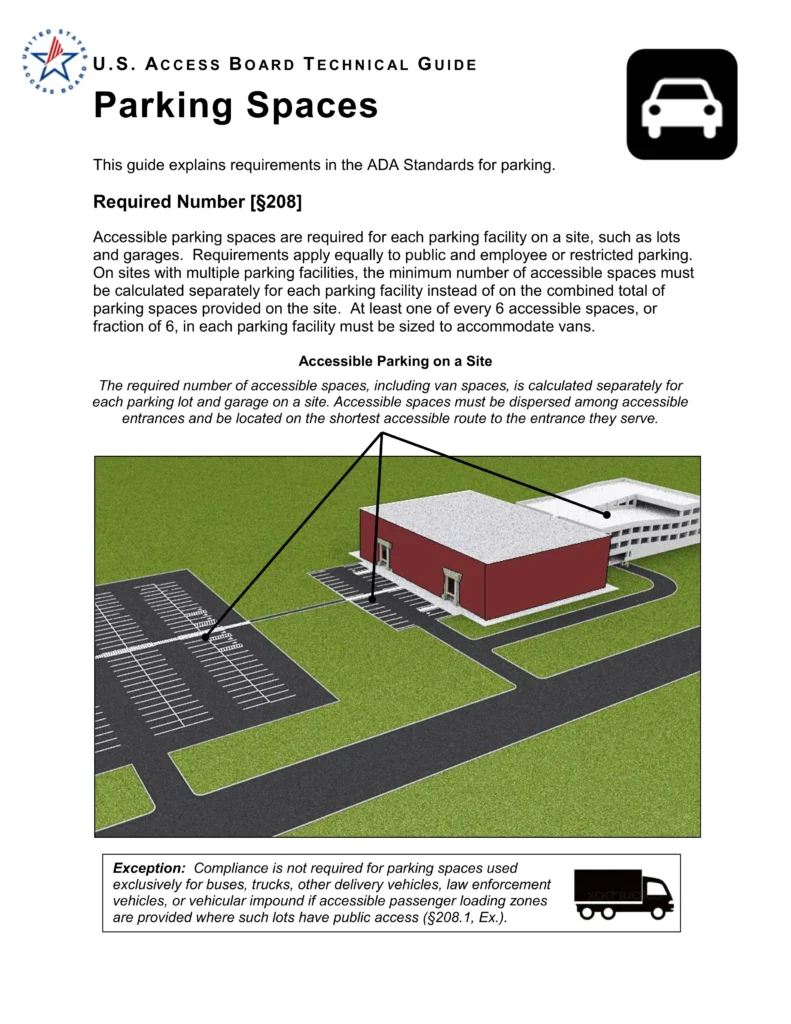FAQ’s
The FAQs on this website are for informational purposes only and do not constitute legal advice. For questions about laws, building codes, or regulations related to road and parking lot striping, please verify with your local and state government authorities.
Utah Manual on Uniform Traffic Control Device Sections. (Chapter 3 deals with road markings)
Section 3A.04: Functions and Limitations
Core Point: Pavement and curb markings guide traffic, define lanes, and enhance safety but have limitations, such as reduced visibility in adverse weather.
Details: Markings supplement signs and signals, providing visual cues for drivers and pedestrians. They are less effective when covered by snow, water, or debris, requiring maintenance for visibility. Utah’s climate may necessitate durable materials to address snow and heat.
Section 3A.05: Colors
Core Point: Specific colors are used for markings to convey distinct meanings.
Details:
White: Separates same-direction traffic or marks crosswalks.
Yellow: Separates opposing traffic or indicates passing zones.
Red: Used for stop lines or prohibitions (e.g., fire lanes in Utah).
Blue: Designates accessible parking spaces.
Green: Marks bike lanes. Colors ensure clarity and compliance with federal standards.
Section 3A.06: Widths and Patterns of Longitudinal Lines
Core Point: Longitudinal line widths and patterns standardize lane and roadway delineation.
Details:
Typical widths: 4–6 inches for most lines; wider for emphasis (e.g., 8 inches for stop lines).
Patterns: Solid lines prohibit passing; broken lines allow passing; dotted lines guide specific movements. Consistent widths enhance driver recognition, critical for roadways and parking lot layouts.
Section 3B.16: Stop and Yield Lines
Core Point: Stop and yield lines regulate vehicle stopping at intersections and crosswalks.
Details:
Stop lines: Solid white, 12–24 inches wide, placed 4–30 feet from the nearest crosswalk or intersection edge.
Yield lines: White triangular “shark’s teeth” pattern, indicating where drivers yield to pedestrians or traffic. Essential for pedestrian safety at crosswalks.
Section 3B.18: Crosswalk Markings
Core Point: Crosswalk markings designate pedestrian crossing areas and enhance visibility.
Details:
Marked with solid white lines or patterns (e.g., zebra stripes) for high visibility.
Minimum width: 6 feet; wider for high-traffic areas.
Must align with curb ramps for ADA compliance, ensuring accessibility for pedestrians with disabilities.
Section 3B.19: Parking Space Markings
Core Point: Parking space markings define vehicle parking areas, including accessible spaces.
Details:
Typically white lines, with blue for accessible spaces per ADA requirements.
Standard dimensions: 8.5–9 feet wide; accessible spaces require 8 feet (cars) or 11 feet (vans) with 5-foot access aisles.
Figure 3B-21 illustrates layouts, ensuring clarity in parking lots.
Section 3B.20: Pavement Word, Symbol, and Arrow Markings
Core Point: Word, symbol, and arrow markings provide specific instructions or warnings.
Details:
Examples: “ONLY” for lane use, arrows for direction, or symbols like the International Symbol of Accessibility for ADA parking.
White for general use; other colors (e.g., blue for accessibility) as needed. Enhances navigation in parking lots and roadways.
Section 3B.23: Curb Markings
Core Point: Curb markings indicate parking or stopping restrictions.
Details:
Red: No parking/stopping (e.g., fire lanes in Utah).
Yellow: Loading/unloading zones.
Blue: Accessible parking zones.
Must be maintained for visibility and coordinated with signs for enforcement.
Key Takeaways
Painting Markings: White and yellow dominate for traffic flow; blue marks accessible parking; red indicates fire lanes or restrictions. Patterns and widths ensure clarity (Sections 3A.05, 3A.06, 3B.19, 3B.20, 3B.23).
Crosswalk Safety: White, high-visibility patterns and ADA-compliant curb ramp alignment are critical (Section 3B.18).
Stop/Yield Lines: Precise placement and patterns enhance safety at intersections (Section 3B.16).
Limitations: Markings require maintenance due to weather impacts, especially in Utah (Section 3A.04).
ADA Compliance: Blue markings and specific dimensions for accessible parking align with federal ADAAG (Sections 3B.19, 3B.20).
Utah-Specific Adaptations and Fire Lane Requirements
Utah MUTCD Adaptations
The Utah Manual on Uniform Traffic Control Devices (Utah MUTCD), based on the 2009 federal MUTCD with revisions through June 30, 2015, incorporates state-specific adaptations to address local needs, such as Utah’s climate and traffic patterns. Key adaptations include:
- Durability for Weather: Enhanced paint durability for pavement markings to withstand snow, ice, and heat, ensuring visibility in Utah’s variable climate.
- School Zone Specifications: Part 7 of the Utah MUTCD includes detailed criteria for school zone markings, per Utah Code Sections 41-6a-303 and 41-6a-1307, emphasizing pedestrian safety with specific crosswalk and speed zone markings.
- Signage Details: The Utah Department of Transportation (UDOT) Sign Manual and Utah Standard Highway Signs Supplement provide additional guidelines for sign content, placement, and design, tailored to Utah’s roadways. These may include unique alphanumeric designations (e.g., US:UT:Z1-2) for state-specific signs.
- Source: Utah MUTCD
Fire Lane Requirements
Utah’s fire lane requirements are governed by the Utah Fire Code (2018 edition, based on the International Fire Code), enforced by local fire departments. Key requirements include:
- Marking Standards: Fire lanes must be marked with approved signs or pavement markings stating “NO PARKING—FIRE LANE” to prevent obstruction. Markings are typically red for visibility, per local fire code practices aligned with MUTCD Section 3B.23 (curb markings).
- Maintenance: Markings and signs must be kept clean, legible, and maintained to ensure visibility, with regular repainting or replacement as needed.
- Source: International Fire Code 503.3
Additional Notes
- Coordination with ADA: Fire lane markings must not obstruct accessible parking spaces or pathways, aligning with ADA Accessibility Guidelines (ADAAG) and Utah Building Code, Chapter 11.
- Local Variations: Specific requirements (e.g., exact paint colors or signage wording) may vary by jurisdiction, as local fire departments have authority to enforce additional standards. Stakeholders should consult local fire marshals for precise guidelines.
- UDOT Oversight: For state highways, UDOT ensures compliance with Utah MUTCD and fire code standards, particularly for roadway markings near fire lanes.



